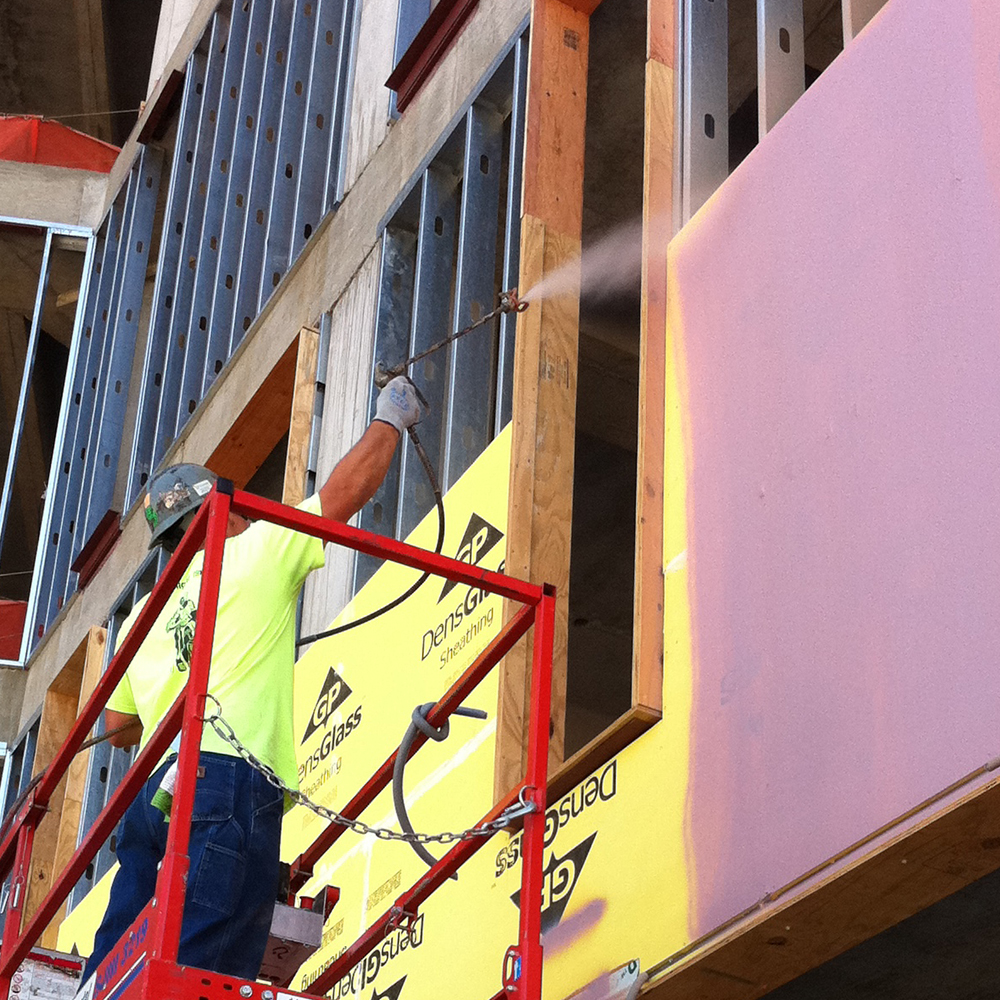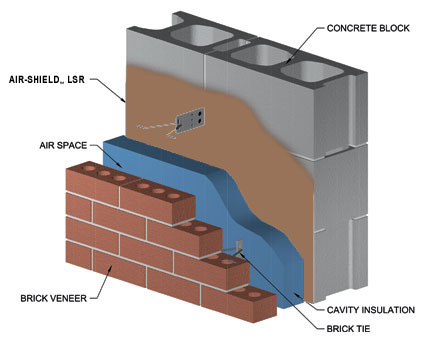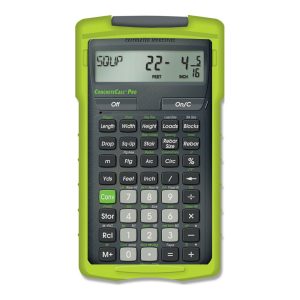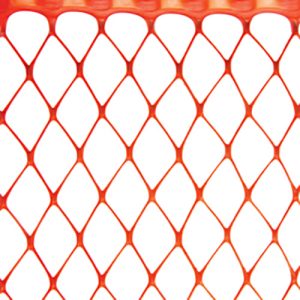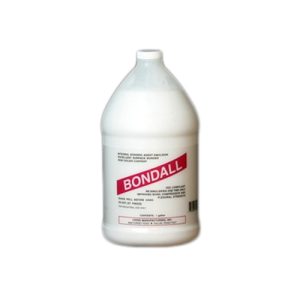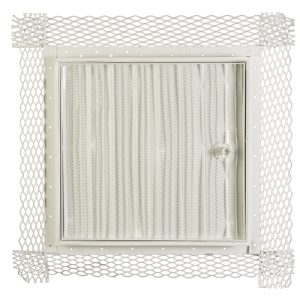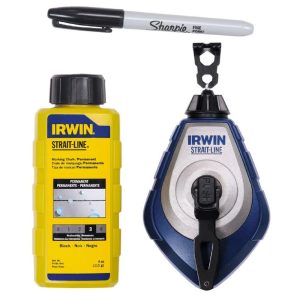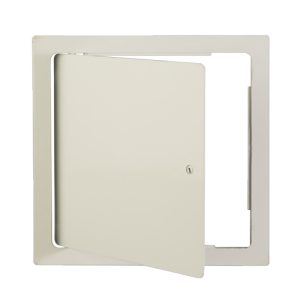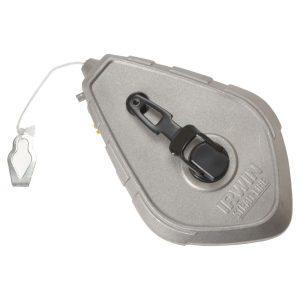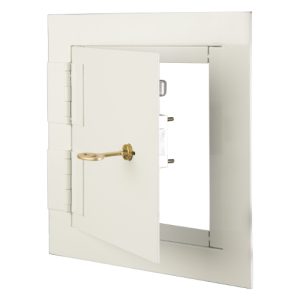Description
| TECHNICAL DATA | |
| Solids Content, %: | 56 |
| VOC Content, g/L | 56 |
| Color: | Sprays Pink Dries to Desert Tan |
| Flexibility @ -26° C (-15° F), | PASS |
| (ASTM C 836): | |
| Tensile Strength (ASTM D 412), PSI | 250 |
| Elongation (ASTM D 412), %: | 700 |
| Water Vapor Permeance | 0.1 |
| (ASTM E 96, Procedure B) Perms: | |
| Service Temperature: | Not to exceed 175° F (80° C) |
| Nail Sealability (ASTM D 1970): | Pass |
| Storage Temperature of AIR-SHIELD LSR |
40° – 90° F (4° – 32° C) |
| Air/Substrate Temperature (At Time of Application): |
>20° F (-6.7° C) |
Air Leakage
| Test Method | ASTM E 2178-01 | ASTM E 2357 |
| Pressure: | 75 Pa (1.57 lb/ft.2) | 75 Pa (1.57 lb/ft.²) |
| ABAA Requirements, maximum: | 0.004 cfm/ft.2 (0.02 L/S/M2) |
0.04 cfm/ft.² (0.2 L/S/M²) |
| AIR-SHIELD LSR Results: | <0.004 cfm/ft.2 (<0.02 L/S/M2) |
<0.04 cfm/ft.² (<0.2 L/S/M²) |
*Independent test available upon request
AIR-SHIELD LSR may be used in NFPA 285 complying wall assemblies. Contact W. R. MEADOWS for further information.
APPLICATION
Surface Preparation … All surfaces must be clean (free of all coatings and curing compounds), structurally sound, frost-free, and relatively smooth. Prepare substrate per manufacturer’s instruction prior to application of membrane.
Exterior Sheathing Panels … Exterior sheathing panels are to be installed and fastened per manufacturer’s recommendation. For detailed application information, see INSTALLATION INSTRUCTIONS: JOINT TREATMENT OF EXTERIOR SHEATHING PANELS.
Rough Openings and Protrusions … Refer to AIR-SHIELD ROUGH OPENINGS INSTALLATION GUIDELINES document for recommendations on protrusions and rough openings.
Concrete Masonry Units … Before applying AIR-SHIELD LSR to CMU surfaces, patch all cracks, protrusions, small voids, offsets, details, irregularities, and small deformities with MEADOW-PATCH® 5 or MEADOW-PATCH 20 from W. R. MEADOWS at least two hours before application.
Application Method … AIR-SHIELD LSR may be applied by spraying or a 3/4″ (19.1 mm) minimum nap roller. (For recommendations on spray equipment, consult W. R. MEADOWS technical staff.)
AIR-SHIELD LSR may be sprayed on at the minimum coverage rate of approximately 17 – 22 ft.2/gal. (0.42 – 0.54 m2/L) (75 mils wet) (40 mils dry). Note: For roller applications or during periods of extremely hot weather, two coats may be necessary if the material begins to slump. Apply second coat after first coat has completely dried, approximately one to two hours after first coat. Frequently inspect surface area with a wet mil gauge to ensure consistent thickness. Work material well into any fluted rib forming indentations. Porous masonry block walls may require additional coats to obtain desired thickness.
Curing and Drying … Allow material to dry at air and surface temperatures of 20° F (-6.7° C) or higher. Curing times will be affected by relative humidity, temperature and airflow. The following times are given for average conditions
and standard thicknesses. Actual times may differ, depending on specific conditions present on job at time of application. It is recommended that AIR-SHIELD LSR be allowed to air dry to a tack-free film before application of specified insulation. Maximum exposure time for AIR-SHIELD LSR is four months.
Tack-free film: 2 hours
Full cure: 48 hours
Cleanup … Uncured AIR-SHIELD LSR cleans up easily while wet with water. Cured material is best removed by xylene or by mechanical means.
PRECAUTIONS
AIR-SHIELD LSR is not designed to perform as a permanently exposed membrane. Maximum UV exposure period for membrane is four months. Keep containers tightly sealed. KEEP FROM FREEZING. Do not apply AIR-SHIELD LSR if rainfall or snow is forecast within 12 hours.
TECHNICAL ASSISTANCE
Please contact W. R. MEADOWS for specific details and/or data not outlined in this literature. Technical assistance, from design to product application, is available upon request.
LEED INFORMATION
May help contribute to LEED credits:
- EA Credit 1: Optimize Energy Performance
- IEQ Credit 3.1: Construction Indoor Air Quality Management Plan – During Construction
- IEQ Credit 7.1: Thermal Comfort – Design
- MR Credit 2: Construction Waste Management
- MR Credit 5: Regional Materials
This material last updated May 2015.

